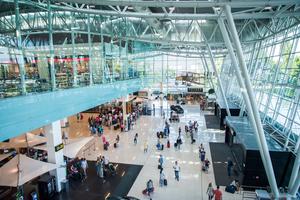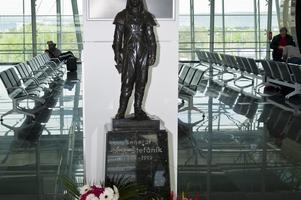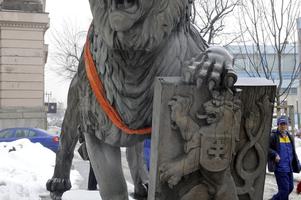While the situation around the creation of the first Czechoslovak Republic was complicated, it was even more complicated in then Pressburg, today’s Bratislava.
This was due to the large Hungarian and German-speaking populations living in the city and its strategic geographical position on the Danube River.
Today, several places in Bratislava honour figures who contributed to the creation of the first independent state of Slovaks and Czechs, their statues telling interesting stories about themselves.
The history
The vain efforts of Czechs and Slovaks for equal status within the Habsburg Monarchy resulted in their decision to leave Austro-Hungary. Czechoslovakia was created on October 28, 1918.
During the creation of the new republic, there were disputes as to which state then Pressburg should belong to – Czechoslovakia, Hungary or Austria.
At that time, efforts to call the city Wilson’s Town and make it a free city with a status similar to then Gdansk emerged.
Gdansk was the Free City of Danzig, an independent quasi-state under the auspices of the League of Nations. This idea did not materialise.
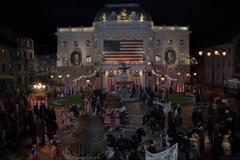
The city was declared the capital of Slovakia and on March 6, 1919, it was renamed Bratislava.
Pressburger as nationality
When Czechoslovakia was being created, out of 83,200 citizens of Pressburg, 30,165 declared German nationality, 27,481 declared Czech and Slovak nationality and 24,126 were Hungarians. The rest accounted for “others”. A strong Jewish community accounting for almost 10 percent also lived in the city. They were not recognised as an independent nation within historical Hungary and they usually declared themselves Hungarians, recalled historian Vladimír Tomčík.
A nation in historical Hungary was defined on the basis of the question: What language do you like speaking the most? After the creation of Czechoslovakia, the nation was defined based on the mother tongue while many citizens of Hungarian and German nationalities filled in the nationality column with “I am a Pressburger”.
“They could not come to terms with reality and hoped that after peace negotiations, the situation would change and the city would fall under Austria, Hungary or become a kind of a free city,” Tomčík told The Slovak Spectator. “The dissatisfaction resulted in a protest rally on February 12 with six people shot dead.”
But in Tomčík’s opinion, Bratislava could not avoid becoming part of Czechoslovakia. He recalls that after WWI began in 1914, Tomáš Garrigue Masaryk in his concept of the creation of the republic for Scottish historian Robert William Seton-Watson, presented the borders of the new state, including Pressburg.
“The new republic needed access to the Danube due to strategic and economic reasons,” said Tomčík. “For defence, the beachhead of Petržalka on the opposite riverbank was joined to the city as well. The powers accepted the requirement and Bratislava was declared a part of the Czechoslovak Republic, even before the peace treaties were signed.”
Statutes, plaques and streets
Today, several statues recalled the turbulent times of the creation of Czechoslovakia. Out of the three most significant figures behind the creation of Czechoslovakia, Milan Rastislav Štefánik has several statues, Tomáš Garrigue Masaryk one and Edvard Beneš none.



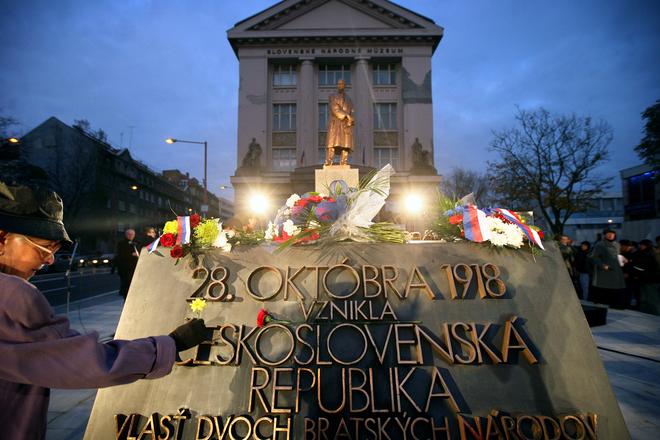 Ceremonial unveiling of the sculpture of T. G . Masaryk on October 28, 2010. (source: Sme)
Ceremonial unveiling of the sculpture of T. G . Masaryk on October 28, 2010. (source: Sme)
